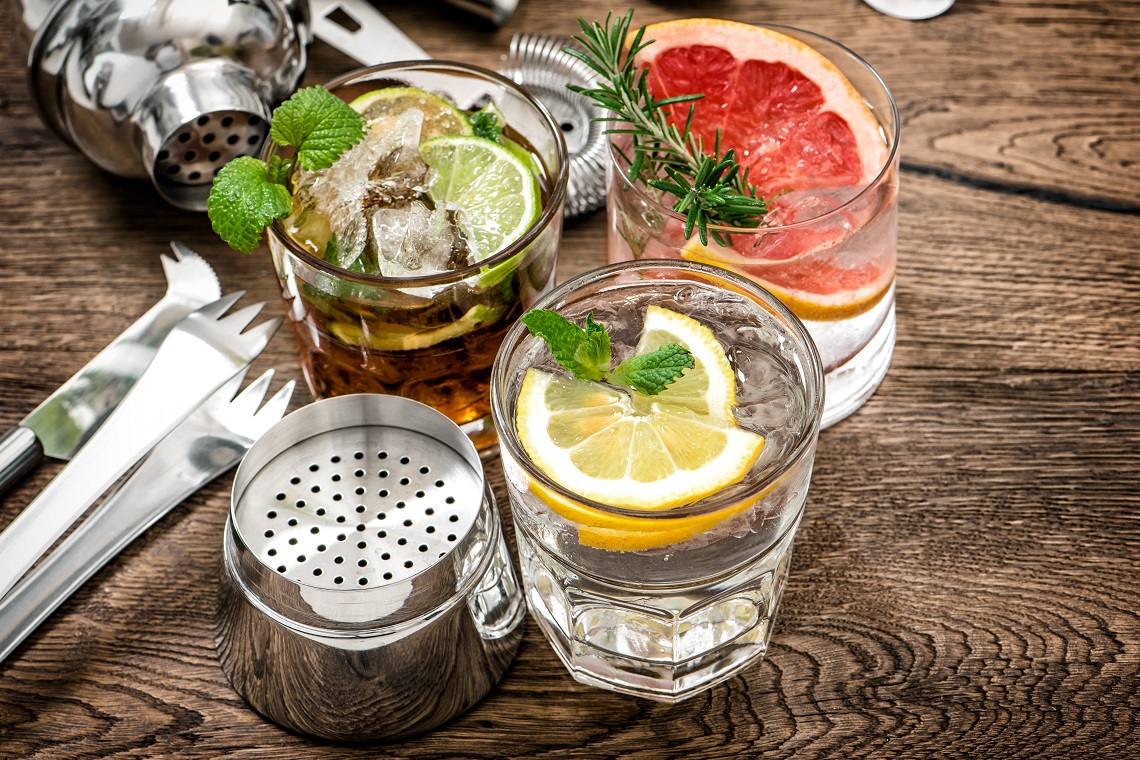By Alec Wagstaff, CEO of Spirits & Cocktails Australia
Each February the Distilled Spirits Council of the United States presents a summary of the previous year’s market trends and export performance. The 2019 presentation was dominated by the impact on the US spirits industry of the 2018 trade wars.
Australian drinkers are accustomed to having the world on their shelves when they shop for their favourite tipple. The spirits aisles are like a geography lesson as you move from the well-known regions of Scotland, France, Canada and the USA to more exotic locales such as the Caribbean, South and Central America.
Spirits have been a major globally traded good for many years and Australia’s free trade approach has given consumers easy access to the world’s best. The recent trade wars have drawn in producers as they face retaliatory tariffs and restrictions and the disruption caused by Brexit is sure to cause more concern.
The Distilled Spirits Council presentation showed that the healthy first half growth in US whiskey exports of 28 per cent was reversed to a decline of eight per cent in the second half of the year as a result largely of a 25 per cent tariff imposed by the EU.
As a major exporter of wine and with the potential to become a significant spirit exporter, Australian policy makers need to make sure they don’t get drawn into these trade wars through any local regulatory discrimination against imported goods.
Liquor retailers will also be interested in trends within the US domestic market which showed total spirits revenue growth of five per cent on the back of 2.2 per cent volume growth.
Distilled Spirits Council Chief Economist David Ozgo pointed to the strongest growth in high-end premium and super premium products across most categories. The revenue for those price points increased 8.9 per cent and 10.5 per cent, respectively, and by eight per cent and 7.5 per cent for volume.
Key category drivers of sales growth included American whiskey, up 6.6 per cent or $US224 million to $US3.6 billion; tequila, up 10.2 per cent or $US279 million to $3US.0 billion; Cognac, up 14.2 per cent or $US250 million to $US1.8 billion; and Irish whiskey, up 12.0 per cent or $US108 million to $1.0 billion.
Vodka, the sector’s largest category and representing one-third of all volume, had another solid year with volumes up 1.6 per cent and revenues up 2.9 per cent to $US6.4 billion, Ozgo said. Vodka sales were paced by high-end premium products with revenue growth of more than 11.4 per cent to $US2.6 billion.
An interesting aspect was the reported impacts on both spirits and overall alcohol sales of the legalisation of cannabis. The reported data showed that in two out of the three states where it was legalised, overall alcohol sales had declined slightly while spirits sales had increased in all three states.
These reported US trends are consistent with the trend towards premiumisation in the Australian market both in the bottled and premixed segments and a continued interest in premium whiskey and gins of all types.
All in all it seems that the spirits industry at all levels in Australia are well placed to take advantage of the trend for consumers to seek a greater quality and complexity in their drinks. Now if only governments would do something about a tax system that sees spirits drinkers paying 70 per cent more tax than their Kiwi cousins.
This column appeared in the March issue of National Liquor News.

